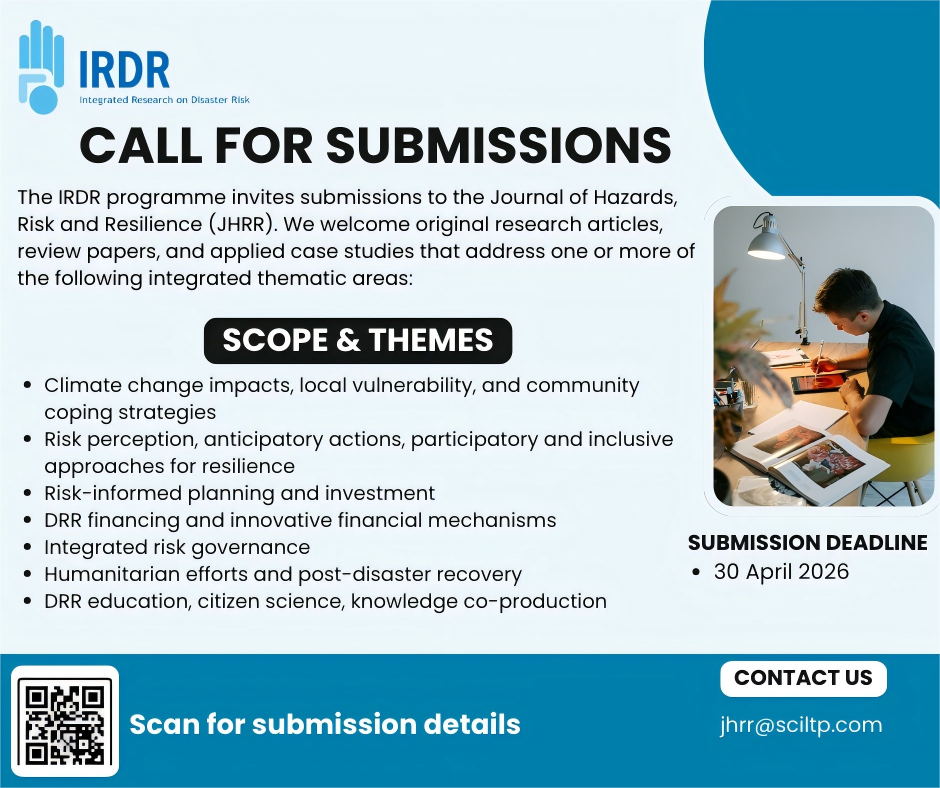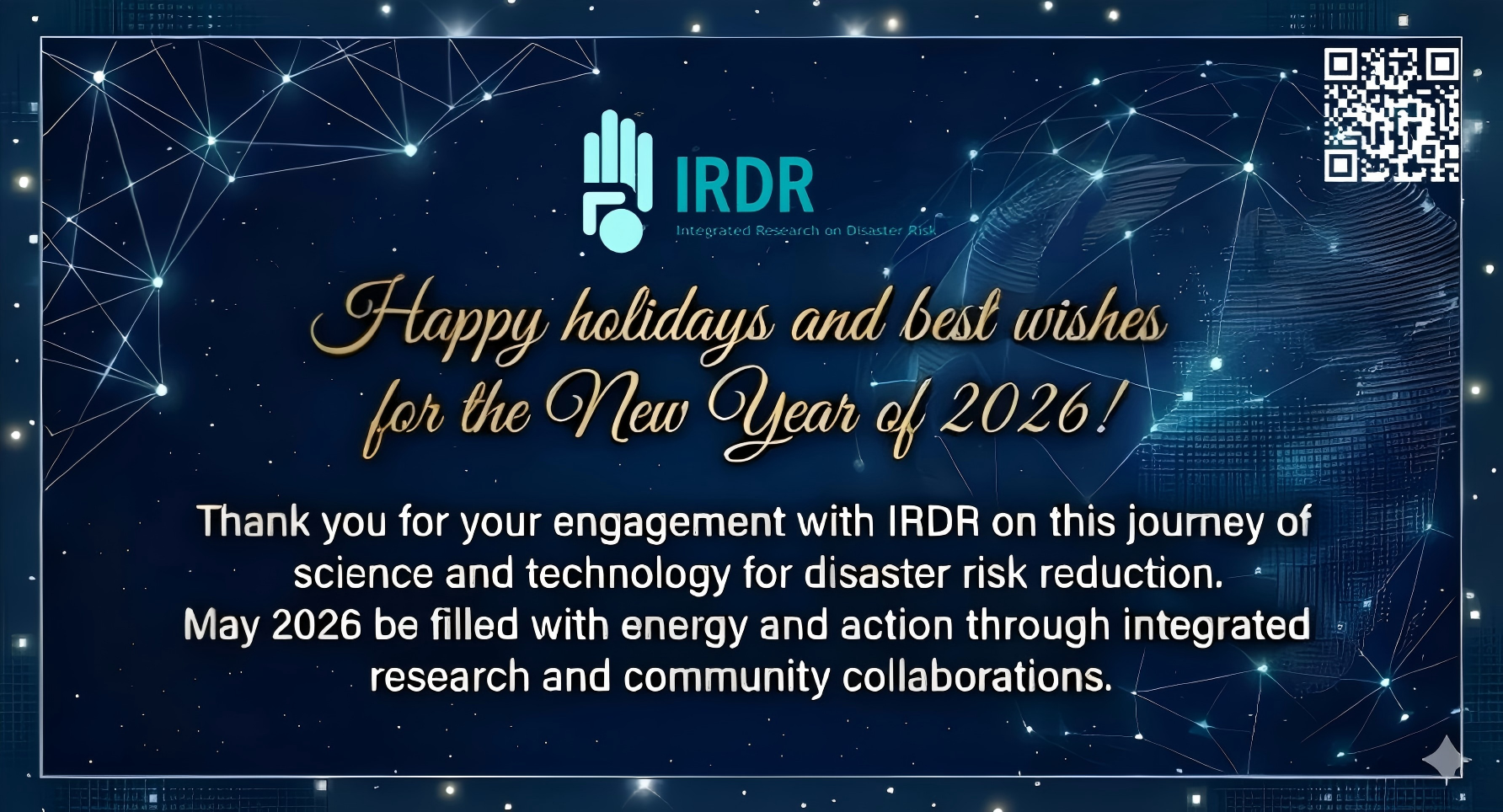A new national early warning system for cyclones would reduce the losses they cause to Samoa by as much as 80 per cent and pay for itself more than six times over, a new report has found.
The authors, Dr. Fakhruddin and Schick are from Tonkin + Taylor International and the New Zealand Risk Interpretation and Action (RIA) Working Group, IRDR.
A new national Early Warning System (EWS) for Samoa could cost US$2.56 million to install but save US$15.2 million in damage reduction, according to the analysis, based on calculations of the impact of Cyclone Evan in 2012.
“We estimate that 81.45 percent of the all the losses and damages caused by Cyclone Evan could have been avoided if efficient and strong early warning services had been implemented in Samoa at the time of impact,” the authors find.
The analysis, published last month in the journal Progress in Disaster Science, concludes that that even advanced warning of an imminent cyclone of only a day or two can significantly reduce its financial impact.
The findings come just over a month away from the tenth anniversary of the 2009 Tsunami, which devastated Samoa and its neighbours and caused damage of $339 million (US$126.7 million)
Cyclone Evan is reported to have cost Samoa US$203.9 million (T$465 million), according to the Samoa Post-disaster Needs Assessment Cyclone Evan 2012.
“The total estimated damage and loss from Cyclone Evan are equivalent to about 28 percent of the total value of goods and services produced in [Samoa] in 2011” the report states.
But this new report suggests that just a day or two of notice of cyclones could defend Samoa against millions of dollars of damage.
They found having even one day of early warning of a cyclone could reduce damage by up to 20 per cent in homes, schools and offices and on livestock, agriculture and fishing.
Two days, or 48 hours of notice could mean 80 per cent damage reduction for the home, and between 30 and 40 per cent in livestock, agriculture and fisheries.
Such a warning system would cost the country USD$3.1 million over ten years.
“The expected benefit of the enhanced warning system has been estimated to be approximately USD $6.74 million, or about 2 times the 10-year cost of USD$3.1 million i.e. resulting in a benefit to cost ration of approximately 2:1,” the report concludes.
An EWS could inform Samoa to harvest early or simply move machinery, valuables or livestock to safer places.
The report states Samoa stands to save USD$8.43 million (T$19.23) in avoiding damage costs, mostly in tourism, agriculture and manufacturing.
Tourism was deal a T$27.7 million (US$10.3 million) blow during Cyclone Evan, through damage to property, assets and services.
“At least 10 per cent of the damage could have been avoided by shifting assets,” the report states, resulting in a T$6.93 million savings.
The cost-benefit analysis of EWS over ten years, which assumed there would be two instances of cyclones costing Samoa US$15.2 million, suggests a return of US$6 (T$16) for every $1 (T$2.6) invested in the system.
In 2008, the European Union published an economic analysis of flood risk reduction measures for the lower Vaisigano catchment area.
It found that in the “worst case scenario,” T$1.72 could be saved for each tala invested in the system for future flood damages.
“Since additional benefits such as avoided health-care costs, stress and trauma have not been included in the analysis, it is likely that the benefits from the improved forecasting and warning system have been underestimated,” the study finds.
But funding, human resources, and Samoa’s topography add to the challenge of establishing a national E.W.S.
There may not be funding available to manage and monitor the system, as well as send information across the country, even though funding will be found to build it, the authors warn.
People may be loath to believe or act on early warnings too, the report states, and the warnings need to be actionable with evacuation routes and options developed by the local community.
“Realistically, there are many barriers to improving the EWS in Samoa,” the report finds.
“However small steps can be taken now to gradually improve the system over a 10-year period and reduce the impact of flood and cyclone events.
“The efficiency of early warning systems also depends on the accuracy of forecast lead time and appropriate local responses.
“The longer the lead-time provided the greater amount of property and infrastructure can be protected. They are both necessary for realising any benefits from an early warning system”
The report, ‘Benefits of economic assessment of cyclone early warning systems – A case study on Cyclone Evan in Samoa’ by New Zealand authors Dr Bapon Fakhruddin and Lauren Schick conducts a cost-benefit analysis on Samoa.





